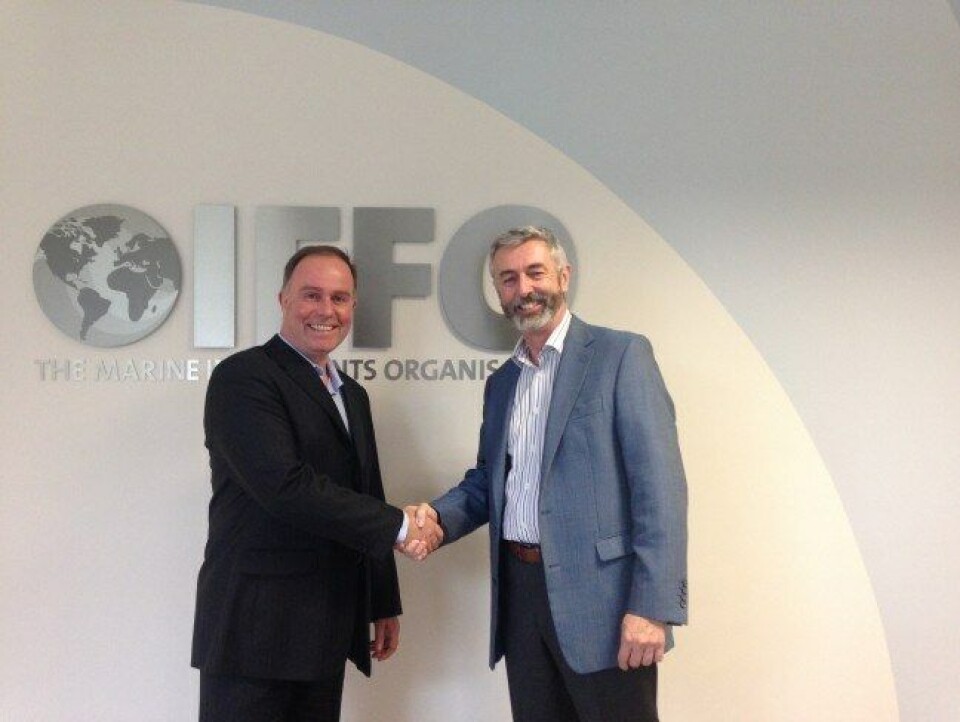
Finding could revolutionise feed industry
New research suggests that a previously unheralded fat found in herring could improve salmon’s ability to store the key long chain fatty acids EPA and DHA – in a discovery that could, ultimately, have great implications for both the aquafeed industry and human health.
Herring have a high content of cetoleic acid and the research, by Nofima, reveals that “cetoleic acid added to feed causes the salmon to store 10% more marine omega fatty acids (EPA and DHA) in the body than they do otherwise”.
As IFFO’s technical director, Neil Auchterlonie, explains to Fish Farming Expert, this research is very interesting, as “it implies the possibility of using cetoleic acid to optimise global fish oil (and therefore EPA and DHA) utilisation in salmon feeds – ie getting even more out of a high value product, irrespective of its source.”
Led by Bente Ruyter, the experiments used human liver cells and liver cells from salmon. Both of these showed that pure cetoleic acid stimulates increased formation of the healthy, longer marine omega-3 fatty acids. The results have been confirmed in salmon that have been given feed with herring oil that had a high content of cetoleic acid.
“It’s too early to say how large an effect cetoleic acid has in humans, but the experiments in cells in culture suggest that it influences how much healthy, marine omega fatty acids we store after eating herring,” says Ruyter.
Other rich sources of cetoleic acid are sand eels and capelin, in contrast to oily fish from South America, such as sardines. The latter have very low levels of cetoleic acid, while having much higher levels of EPA and DHA. The results of the feeding experiments show that salmon fed with herring oil, acquire higher deposits of EPA and DHA in the body than fish fed with South American sardine oil.
It also shows that herring oil leads to a decrease in fatty liver in salmon.
“Salmon that had been given herring oil had less fat in the liver, which suggests that they had a higher level of fat metabolism. This is good for the salmon,” adds Ruyter.
Dr Auchterlones continues: “At this stage, it is difficult to say what the results could mean for global fish oil and use in aquaculture, or even in direct human consumption or other markets. As the researcher/author herself implies these are preliminary results, and so more work would be required to be undertaken before we could get anywhere close to understanding any implications for CA, its use, and the source of the compound…but I look forward to reading the work in peer-reviewed scientific literature in the fullness of time.”























































